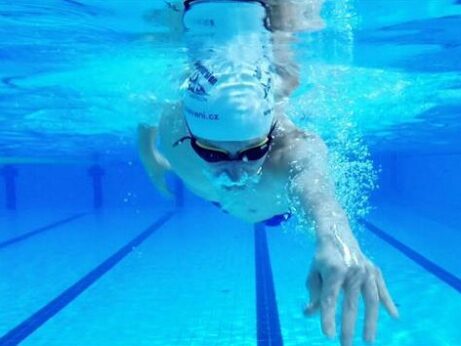Big Picture Of Swimming
In this article, I want to give you a big picture of what & how you can learn from me. I want to give you a perspective about my approach and how it is different from most swimming advice. My hope is that you will have some aha moments that will change your take on swimming.
And once you see it a new way, it will change what you do because you will see things from a different perspective. Let’s get started.
Forget Everything You Think You Know About Swimming
There is one main reason why I see most swimming advice essentially faulty. Of course, there is also a lot of good advice and you can learn from it. Now I want to take a look at what I see differently from many swimming books, articles, and videos.
A lot of swimming advice is about making you better at treading water. You work pretty hard but you’re not going anywhere.
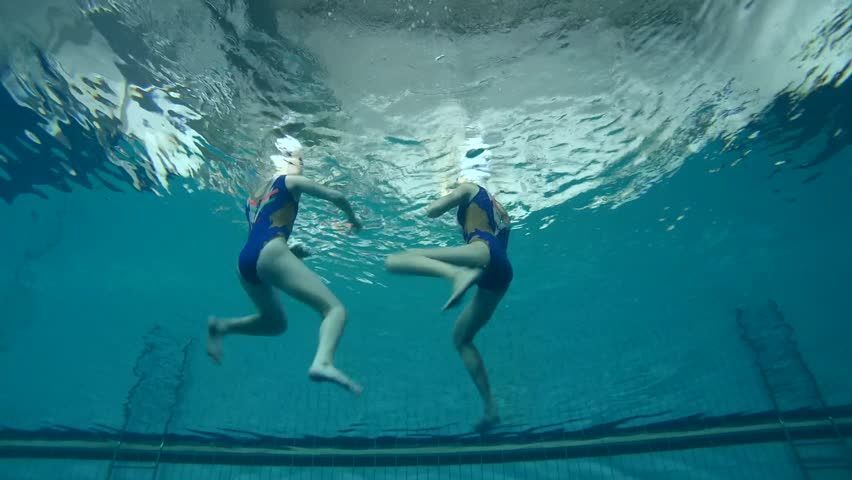
You are told everything about pulling and kicking. How the kick starts form the hips, how you bent you knee just a little and how you are to keep your ankle flexible and relaxed. And, of course, the faster the better.
You can find even more detailed instruction about pulling. That you should reach forward as much as possible, catch the water, keep the elbow high, move your arm back in a double S-shape, finish your pull strongly. Again, the harder and faster the better.
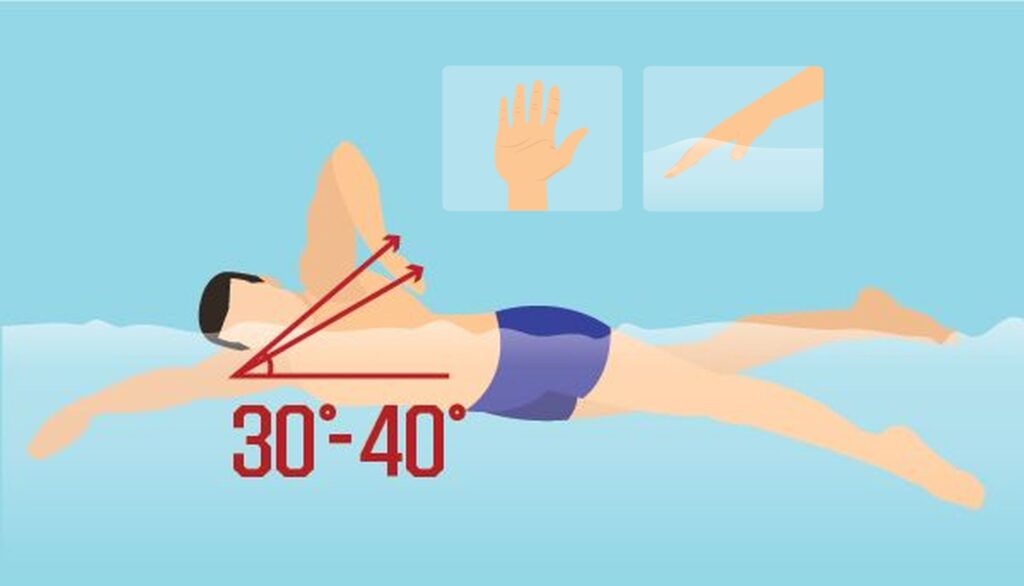
I guess you’ve seen this many times before:
- No pain no gain.
- Swim now, breathe later.
- Train till you puke.
- Swimming hurts.
This kind of advice will not make you a better swimmer. Maybe you’ll be a fitter flailer, you will learn how to tolerate pain. You might improve a little but the price is effort that is too high to sustain.
Focus On Efficiency
So instead of more energy spent, let’s focus on efficiency, on skill. Let’s focus on Return on Investment – how much forward movement you gain from energy invested.
Let’s define swimming efficiency:
Swimming efficiency is how much of forward movement you gain from the amount of energy you invest.
If you are inefficient, if you spend a lot of energy with little or no forward movement, it does not matter how hard you try.
Sure, if you are devoted and work really hard, you can be able to cover some distance. You will also be quite fit because of your strenuous training. You might be like a powerlifter – he works very hard with high tension and becomes very strong and lifts very heavyweights.
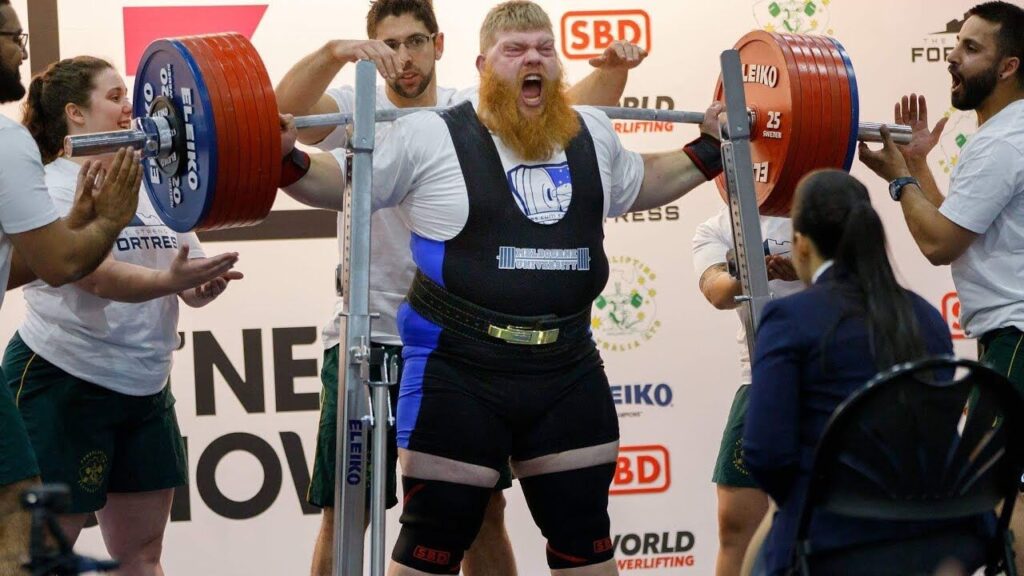
But, as I see it, good swimming is not about high tension and enormous effort.
On the contrary. Your best swimming happens at low tension. The best swimming does not hurt. Your best swimming is in the zone, in a flow, relaxed state.
The best swimmers look like elite martial artists. They are quite relaxed, move with ease and grace and apply their power in precise moments with coordinated and integrated whole-body movement.
They look very loose but when they are to punch or kick, they fire muscles that need to be used and strike with a tremendous force. A moment later they are relaxed again.
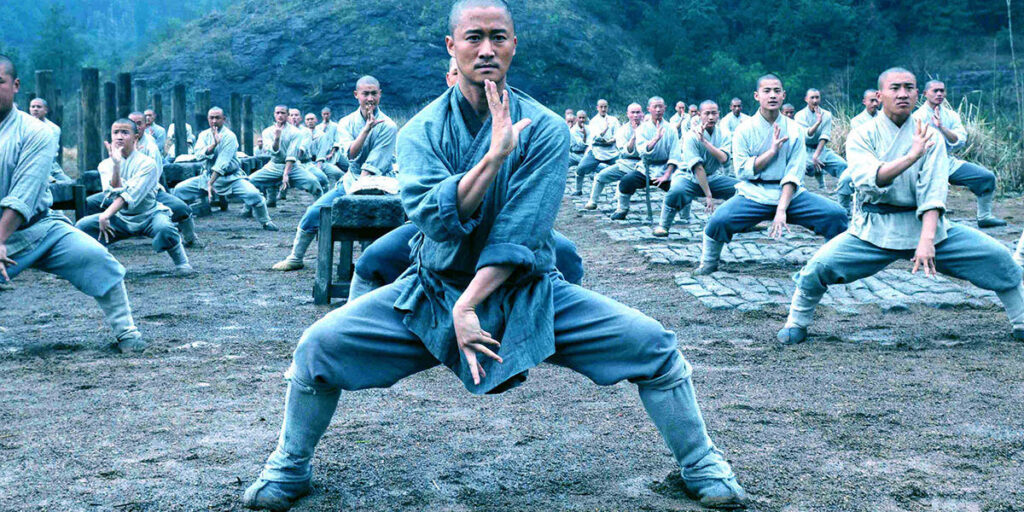
You can swim the same way. You can stay relaxed most of the time and in a very precise moment fire your muscles to give you a strong forward momentum and then relax again.
This might not be obvious when you watch elite swimmers at the first sight but it is there. Just look at Nathan Adrian, Olympic gold medal holder. A strong impulse that drives him forward.
This is what you can learn. This is what I can teach you. No waste swimming.
As I’ve said before, this is a big picture of what you can learn here. If you want exact, practical steps on how to improve your swimming efficiency, you can start with a video Freestyle Mini-Course.
Swim well.


